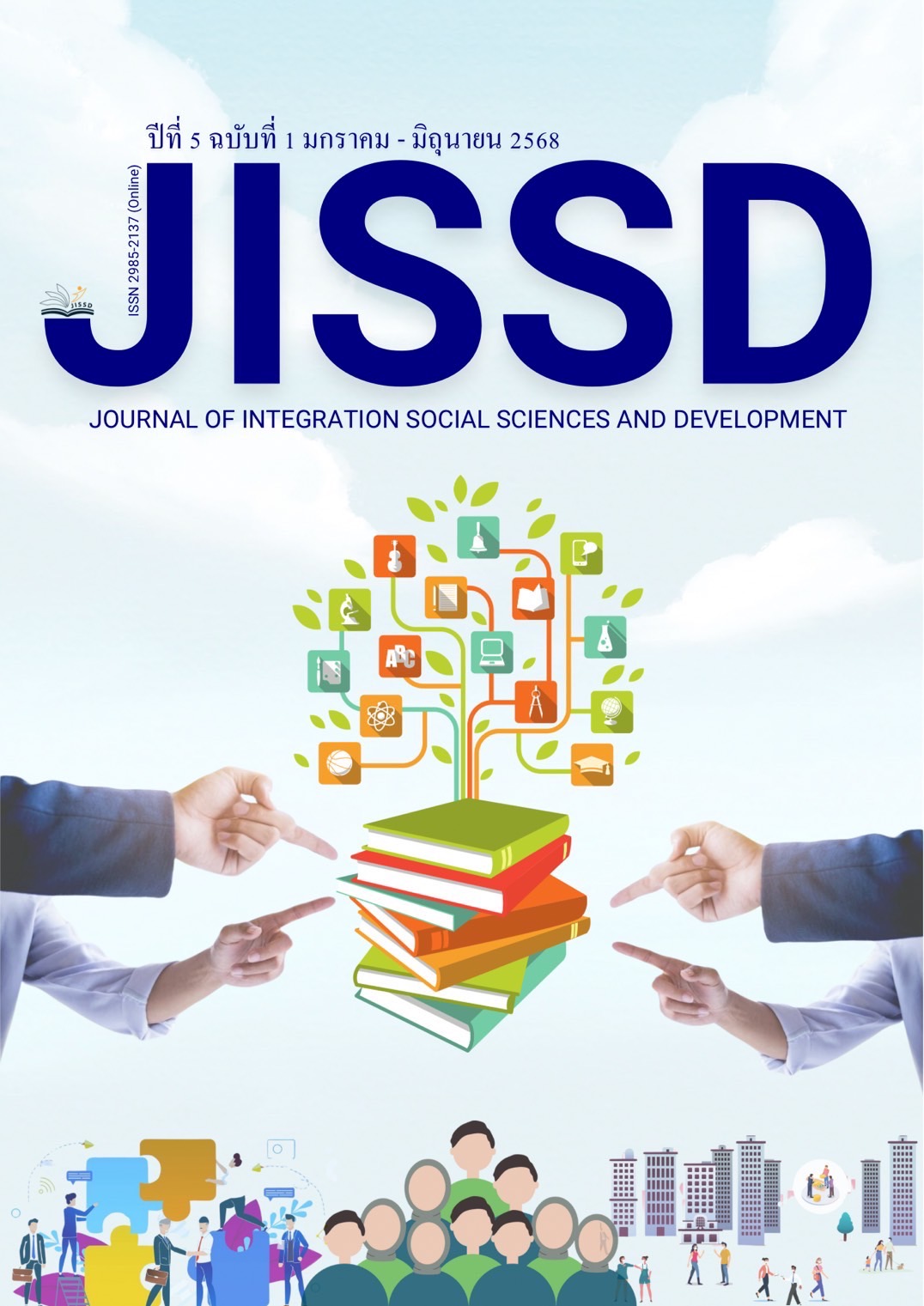Research, Monitoring, and Evaluation of the Teacher and School Development Project for Continuous Enhancement of Educational Quality (Batches 1 and 2): Yavapat Center, The General Prem Tinsulanonda Statesman Foundation
Main Article Content
Abstract
This study aimed to monitor and evaluate the implementation of Yavapat Center, The General Prem Tinsulanonda Statesman Foundation, project in enhancing teacher and school development under the Department of Local Administration. A mixed-methods research design, incorporating both quantitative and qualitative approaches, was employed. Data were collected from administrators, teachers, students, and project coaches across 20 schools in 11 provinces through focus group discussions, observations, document analysis, and participation in online meetings.
The findings revealed that most schools effectively implemented the project's measures. For Measure 1, target setting, schools involved the community in collaboratively establishing goals with school personnel. Regarding Measure 2, active learning management, the majority of teachers were able to design diverse instructional approaches tailored to their classroom contexts. Measure 3, teacher and administrator development through Professional Learning Communities (PLC), indicated that schools conducted both formal and informal PLC meetings with close guidance from coaches. Measure 4, the establishment of a quality information system for development, helped reduce teachers' administrative workload and enabled more efficient tracking of student progress. Measure 5, focusing on building collaborative networks among schools, communities, and various agencies, showed that most schools successfully expanded their networks and systematically exchanged knowledge for joint educational development. The final measure, ensuring equity and safety, demonstrated significant improvements in school facilities and student welfare, including home visits and comprehensive student care. Overall, schools exhibited development across all areas, particularly in learning management processes and student behavior, reflecting the project's success in fostering systematic and continuous school self-improvement. Key factors contributing to this success included the coaches' dedicated attention, guidance, problem-solving, and supportive assistance.
Article Details
References
กองทุนเพื่อความเสมอภาคทางการศึกษา. (2563). โครงการวิจัย ติดตามและประเมินผลการพัฒนาครูและโรงเรียนเพื่อยกระดับคุณภาพการศึกษาอย่างต่อเนื่อง .กองทุนเพื่อความเสมอภาคทางการศึกษา. (เอกสารอัดสำเนา).
มูลนิธิศึกษาธิการ. (2563). รายงานผลการศึกษาการประเมินตนเองของโรงเรียนในโครงการพัฒนาครูและโรงเรียน เพื่อยกระดับคุณภาพการศึกษาอย่างต่อเนื่อง: หลังการเข้าร่วมโครงการ. กรุงเทพฯ: กรุงเทพฯ: กองทุนเพื่อความเสมอภาคทางการศึกษา.
ศุนย์ยวพัฒน์ มูลนิธิรัฐบุรุษ พลเอกเปรม ติณสูลานนท์. (2563) เอกสารแนบท้ายสัญญา โครงการวิจัย ติดตามและประเมินผลการพัฒนาครูและโรงเรียนเพื่อยกระดับคุณภาพการศึกษาอย่างต่อเนื่อง. (เอกสารอัดสำเนา).
Barney, J. (1991). Firm resources and sustained competitive advantage. Journal of Management, 17(1), 99-120.
Bryk, A. S., Sebring, P. B., Allensworth, E., Luppescu, S., & Easton, J. Q. (2010). Organizing schools for improvement: Lessons from Chicago. University of Chicago Press.
DuFour, R. (2004). What is a professional learning community? Educational Leadership, 61(8), 6-11.
Epstein, J. L. (2018). School, family, and community partnerships: Preparing educators and improving schools. Routledge.
Fullan, M. (2013). Stratosphere: Integrating technology, pedagogy, and change knowledge. Pearson.
Hallinger, P. (2003). Leading educational change: Reflections on the practice of instructional and transformational leadership. Cambridge Journal of Education, 33(3), 329-352.
Harris, A. (2008). Distributed leadership: According to the evidence. Journal of Educational Administration, 46(2), 172-188.
Hord, S. M. (1997). Professional learning communities: Communities of continuous inquiry and improvement. Southwest Educational Development Laboratory.
Joyce, B., & Showers, B. (2002). Student achievement through staff development (3rd ed.). ASCD.
Piaget, J. (1950). The psychology of intelligence. Routledge.
Prince, M. (2004). Does active learning work? A review of the research. Journal of Engineering Education, 93(3), 223-231.
Spady, W. G. (1994). Outcome-based education: Critical issues and answers. American Association of School Administrators.


